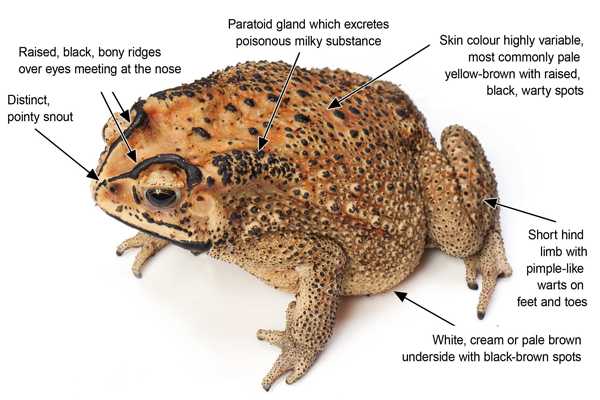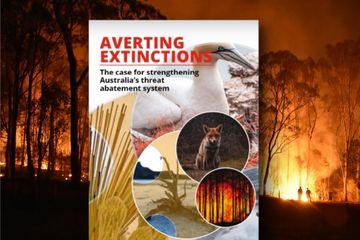
The Australian government has released a list of overseas pest species and diseases that pose the highest possible risk to our natural environment, native plants and animals.
The list is aimed at forming a national plan to stop these high-priority pests and diseases from entering, becoming establishing and spreading across our continent and recognises invasive species as the ‘primary threat to Australian fauna and flora.
We encourage you to support the priority list. You can visit the government’s Have Your Say website and complete a short one-page survey. In the section asking ‘Is there anything else you would like to raise about the Priority List?’ you could make the following points in your own words:
- Strongly support the preparation and adoption of the priority list of exotic environmental pests and diseases.
- Encourage a more extensive and comprehensive list of priorities, since the priority list understates the level of risk and range of species that could harm Australia’s environment.
- Urge action to align biosecurity activities, such as import controls, border detection and contingency planning, with the priority list and other high risk exotic invasive species.
- Urge consideration of other potential methods for prioritisation for future updates to the list.
Submissions close Friday 4 October 2019.
Prevention is the best cure
Stopping a pest or disease from entering Australia is the most practical and feasible way to stop new invasive species from harming our environment. It is usually far cheaper too.
Creating a hit list of the worst possible environmental invaders yet to make it into Australia can drive preventative work such as surveillance and contingency planning.
We’ve been working with Monash University on a more comprehensive, systematic approach for identifying invasive insect pests. The results of this work are currently being finalised.
The Australian government’s first list is a good starting point for future development of a more comprehensive one that covers off on all possible environmental biosecurity risks for our nation.
The list is divided into eight thematic groups:
• Aquatic animal diseases and their pathogens (including diseases of finfish, molluscs, crustaceans, cnidarians).
• Freshwater invertebrates.
• Marine pests.
• Native animal diseases and their pathogens (wildlife disease including diseases of marine mammals, turtles and amphibians).
• Plant diseases and their pathogens.
• Terrestrial invertebrates.
• Vertebrate pests.
• Weeds and freshwater algae.
High priority pests and diseases include crayfish plague, the Chinese mitten crab, Asian green mussel, white nose syndrome of bats, exotic strains of myrtle rust, mouse-ear hawkweed, Manchurian wildrice, giant African snail, harlequin lady beetle, Asian black-spined toad, boa constrictor, climbing perch, silver carp and the corn snake.
More information
• Have your say >>
• Priority list of environmental pests and diseases >>
• Invasive insect pests project >>



